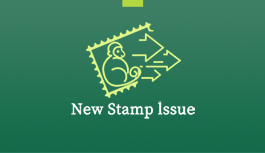Postal Business: 8610 11185
Postal Savings: 8610 95580
Logistics and EMS: 8610 11183
China Post Life: 8610 4008909999
 Yangtze River Economic Zone...2018-23
Yangtze River Economic Zone...2018-23China Post issued a set of six special stamps featuring the Yangtze River Economic Zone, namely Great Protection, Multimodal Transport Corridor, Industrial Transformat...
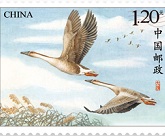 Wild Geese2018-22
Wild Geese2018-22China Post will issue a set of one special stamp featuring wild geese, with a denomination of 1.2 yuan (0.17 US dollars), on August 17, 2018.
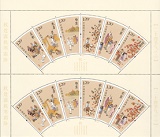 The Twenty-Four Solar Terms (Ⅲ)...2017-21
The Twenty-Four Solar Terms (Ⅲ)...2017-21China Post issued a set of six special stamps featuring the Twenty-Four Solar Terms, namely the Beginning of Autumn, the Limit of Heat, White Dew, the Autumnal Equinox, Cold Dew...
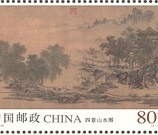 Four Landscape Sceneries2018-20
Four Landscape Sceneries2018-20China Post issued a set of four special stamps featuring Four Landscape Sceneries as well as a souvenir sheet, namely Spring Scenery, Summer Scenery, Autumn Scenery and Winter S...
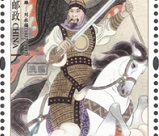 Chinese National Heroes of Modern Times...2018-19
Chinese National Heroes of Modern Times...2018-19China Post issued a set of five commemorative stamps featuring Chinese national heroes of modern times, namely Guan Tianpei, Lin Zexu, Feng Zicai, Liu Yongfu and Deng Shichang, ...
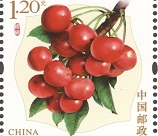 Title: Fruits (Ⅲ)2018-18
Title: Fruits (Ⅲ)2018-18China Post issued a set of four special stamps featuring fruits, namely Pineapples, Cherries, Mangoes and Oranges, with a denomination of 5.4 yuan (0.79 U.S. dollars), on July 1...
- 最前 上一页 1 2 3




